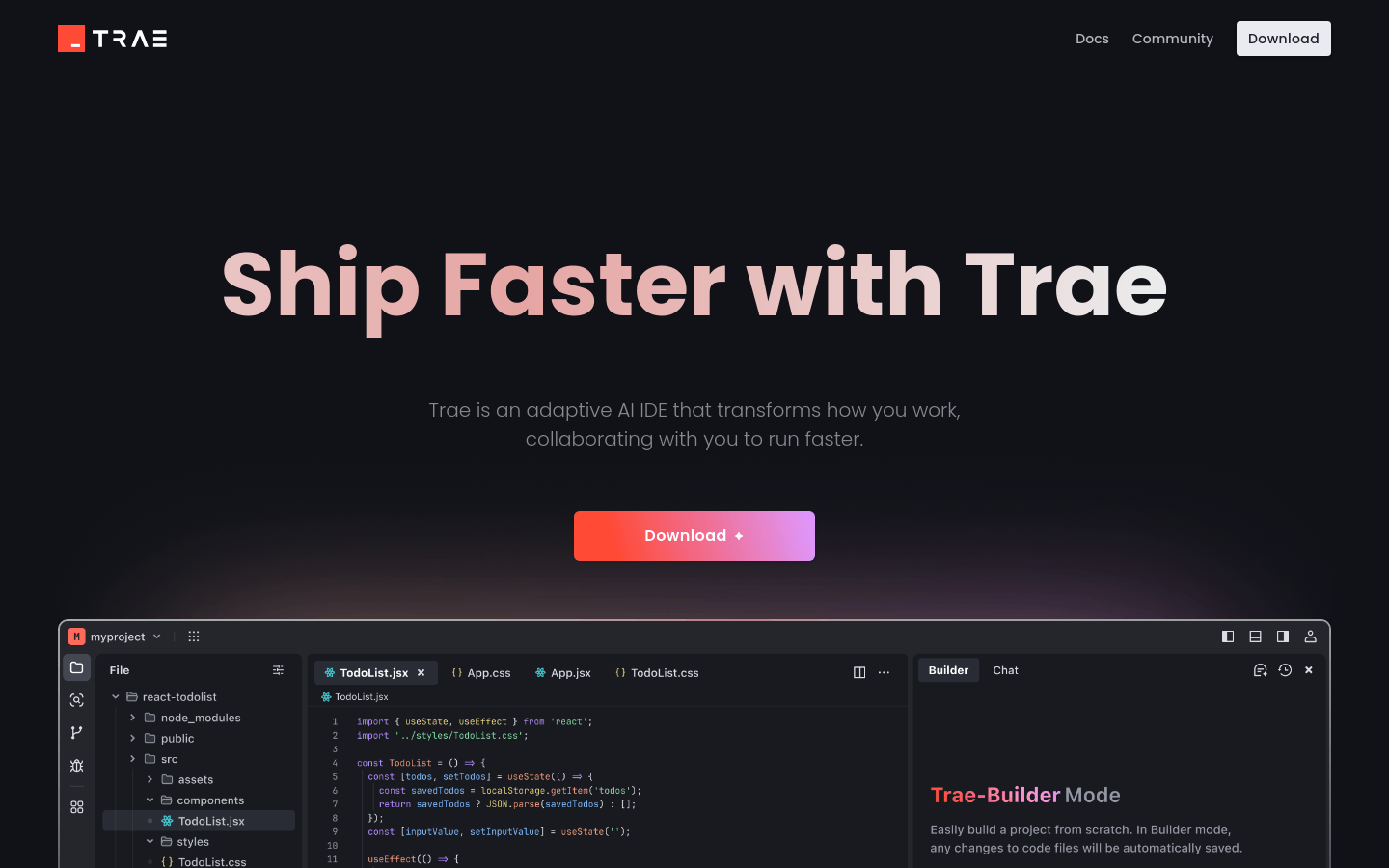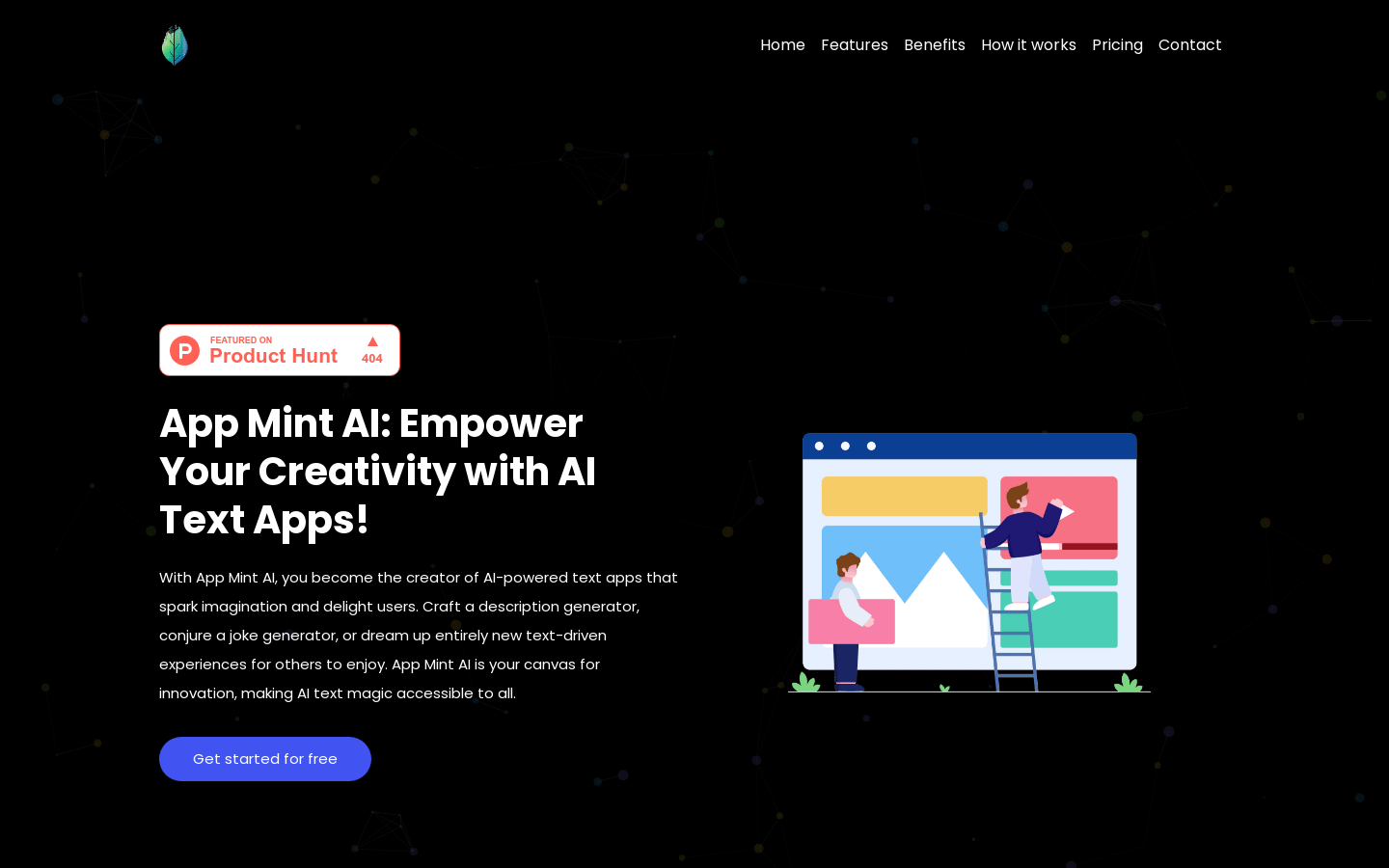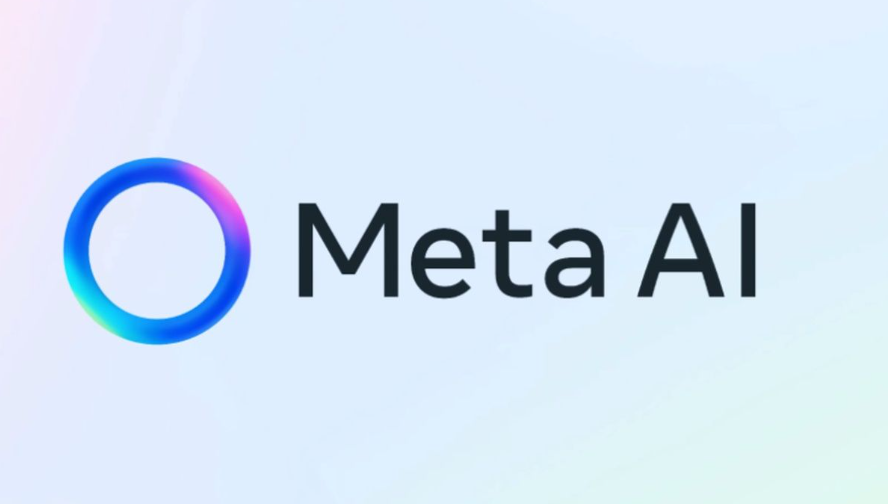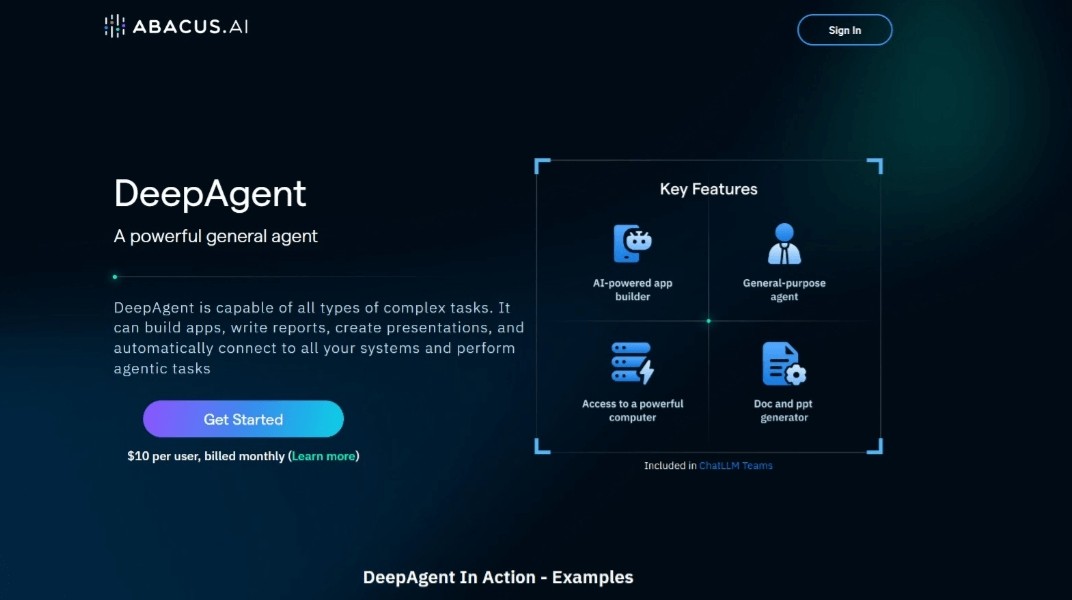
Build0 is a platform powered by Y Combinator that allows users to build secure, AI-powered internal applications and workflows without coding. The platform allows users to spin up full-stack, production-grade tools with governance capabilities in minutes. Its main advantages include no coding, integration with existing tools, high security, flexibility and significant efficiency gains. In terms of price, it provides a variety of packages from free to enterprise-level to meet the needs of different users, and is positioned to provide convenient application building solutions for all types of teams.
Demand group:
["Founder: Build0 can help founders quickly verify product ideas without waiting for engineers to develop, saving time and costs, and accelerating product launch.", "Product managers: Product managers can use Build0 to quickly build tools such as user feedback centers and analysis dashboards to gain insights from product usage and user feedback and drive product decisions.", "Customer success staff: Through the application built by Build0 , customer success staff can better track user issues and feedback, and improve customer satisfaction.", "Sales staff: Sales staff can use Build0 to create sales analysis and management tools to better understand sales data and customer information, and improve sales efficiency.", "Operation staff: Operation staff can use Build0 to optimize workflows, such as building operations management tools, and improve operational efficiency and quality.", "Engineers: Engineers can use Build0 to quickly build prototypes, reduce duplication of work, and devote more energy to the research and development of core technologies."]
Example of usage scenario:
After product manager Emily Tran described the requirements, the application was generated with zero meetings and zero handovers, just like having a full-stack team.
After engineering manager Carlos Peña connected his Stripe account, he had a beautiful billing dashboard in 10 minutes.
The partner dashboard that product leader Sofia Menon originally took 4 to 6 weeks to build was completed in one day using Build0 , and it took another two days to complete and access the data without having to deal with issues such as authentication, routing, and code checking.
Product features:
Integration with existing tools: Build0 can seamlessly connect with various existing tools such as Jira, Notion, and Slack, allowing users to integrate the functions of different tools on one platform and improve work efficiency.
Quickly build applications: Users only need to describe application requirements, such as "Build me a tool that...", and their ideas can be transformed into runnable applications in a short time without a long development cycle.
Data protection: The platform has functions such as role permission management, version control and audit logs to ensure the security and compliance of user data, allowing users to use it with confidence.
Customized solutions: For users with special needs, Build0 provides a flexible platform that can customize solutions according to specific workflows to meet diverse business needs.
Multi-user collaboration: Support users with different roles, such as founders, product managers, customer success staff, sales staff, operations staff, and engineers, etc., to collaborate on the same platform to build and use applications together.
Rich package selection: A variety of packages are available, including a free starter package, a team package suitable for small teams, a growth package for fast-growing startups, a scale package for expanding companies, and an enterprise package that meets the strict security and scale requirements of large organizations. Users can choose the appropriate package according to their own needs and development stage.
High output quality: Not only can it generate code, but it can also provide structured, high-quality output to help junior developers learn and grow.
Usage tutorial:
1. Choose the right package: Based on your needs and team size, choose a suitable plan from the entry, team, growth, scale, and enterprise packages.
2. Describe application requirements: Describe the application you want to build on the platform, such as "Build me a tool that..." to clarify the function and purpose of the application.
3. Connect existing tools: Connect the platform with existing tools such as Jira, Notion, Slack or your own database to integrate and share data.
4. Protect data security: Set role permissions, version control, audit logs, etc. to ensure data security and compliance.
5. Deploy and use: After completing the application construction, deploy it to the platform and share it with team members to start using and testing the application.
6. Continuous optimization: Based on usage feedback and business needs, the application will be continuously optimized and improved to improve the performance and functionality of the application.







